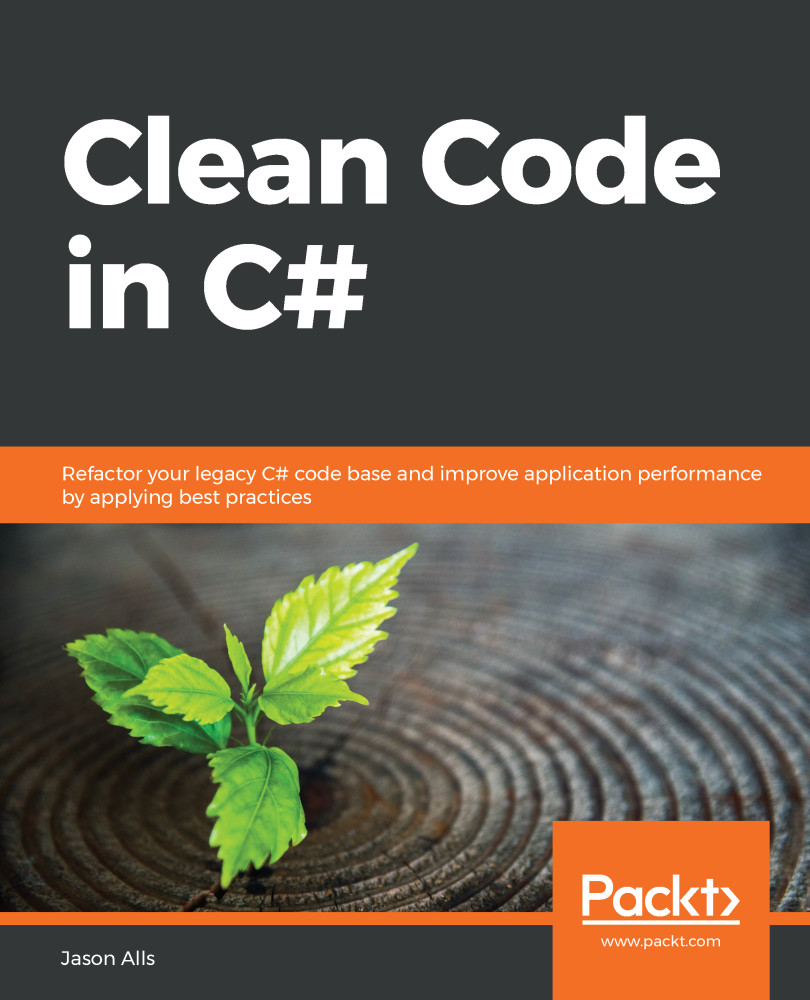Good code quality is an essential software property. Financial loss, wasted time and effort, and even death can result from poor-quality code. High-standard code will have the qualities of Performance, Availability, Security, Scalability, Maintainability, Accessibility, Deployability, and Extensibility(PASSMADE).
Performant code is small, only does what it needs to do, and is very fast. Performant code will not grind a system to a halt. Things that grind a system to a halt are file input/output (I/O) operations, memory usage, and central processing unit (CPU) usage. Low-performing code is a candidate for refactoring.
Availability refers to the software being continually available at the required level of performance. Availability is the ratio between thetime the software is functional(tsf) to thetotal time it is expected to function(ttef)—for example, tsf=700; ttef =744. 700 / 744 = 0.9409 = 94.09% availability.
Secure...


